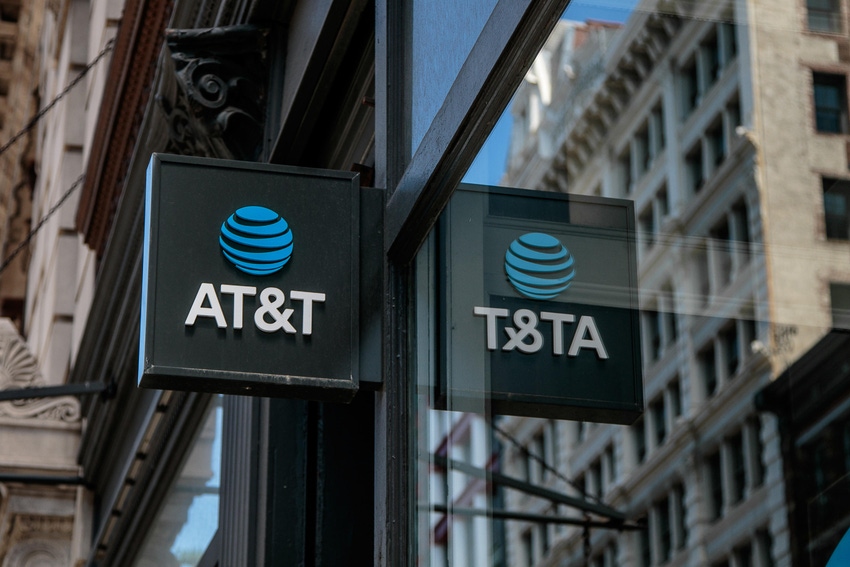AT&T to continue offering discounts after ACP ends
AT&T said it will continue to offer its 'Access from AT&T' plan – which provides 100 Mbit/s speeds for $30 per month – even after the US government's Affordable Connectivity Program (ACP) ends.

AT&T said it will continue to offer discounts on its Internet services even after the US government's Affordable Connectivity Program (ACP) ends.
"As the federal government's Affordable Connectivity Program winds down later this spring – absent additional funding from Congress, AT&T will continue to offer our Access from AT&T service," AT&T wrote in a press release Thursday. "The company will expand connectivity offers to include AT&T Prepaid, Cricket and other connectivity solutions as they become available."
However, AT&T reiterated its hopes that Congress will continue to fund the ACP program. "AT&T will continue to advocate that policymakers renew funding for the Affordable Connectivity Program and find a long-term solution to support families most in need. People affected by the digital divide need policies in place to help stimulate the private investment needed to create more affordable, high-speed Internet access," the company wrote.
AT&T introduced its newest "Access from AT&T" plan in February 2022. The company at the time said the plan – which provides wired Internet access at symmetrical 100 Mbit/s speeds for $30 per month – was made completely free by the US government's ACP program, which offers $30 per month subsidies. AT&T said its original "Access from AT&T" plan, which provided only 10 Mbit/s speeds alongside some data caps, was introduced in 2016. Like the ACP program, AT&T's "Access from AT&T" offerings are available to customers on the US government's Supplemental Nutrition Assistance Program (SNAP) or other low-income programs.
AT&T made its announcement Thursday as part of a broader pledge to commit an additional $3 billion toward the digital divide. The company said it has so far committed a total of $5 billion toward the effort since 2021. The company said it hopes to help 25 million people get and stay connected by 2030.
It's not clear exactly how many AT&T customers currently rely on the US government's ACP program. According to FierceTelecom, an AT&T representative declined to provide details about the operator's ACP subscriber count.
"I'm comfortable that what we can deliver in our plan next year isn't going to hang on what the government chooses to do with ACP. If they choose to cancel the program and don't fund it and move forward on it, we have plays that we'll run," AT&T CEO John Stankey said during AT&T's most recent quarterly earnings call, according to Seeking Alpha, in response to a question about ACP. "We have things that we'll do with our customers and how we approach the market and what we do to respond to it. And we believe we can manage through that in an effective way within the context of the size of our company and what we do and how we go to market."
In March, the financial analysts at New Street Research estimated that AT&T counts around 1.2 million ACP customers. That's just behind Charter's leading 5.4 million ACP customer and Comcast's 1.4 million, and just ahead of Cox's 737,000.
April is the last month the ACP will be fully available for its 23 million enrolled households. Congress neglected to include ACP extension funding in its recent spending package.
ACP is a successor program to the Emergency Broadband Benefit (EBB) program that launched during the early phases of the COVID-19 pandemic. ACP provides a monthly benefit of $30 for telecom services.
Read more about:
ACPAbout the Author(s)
You May Also Like





.jpg?width=300&auto=webp&quality=80&disable=upscale)






